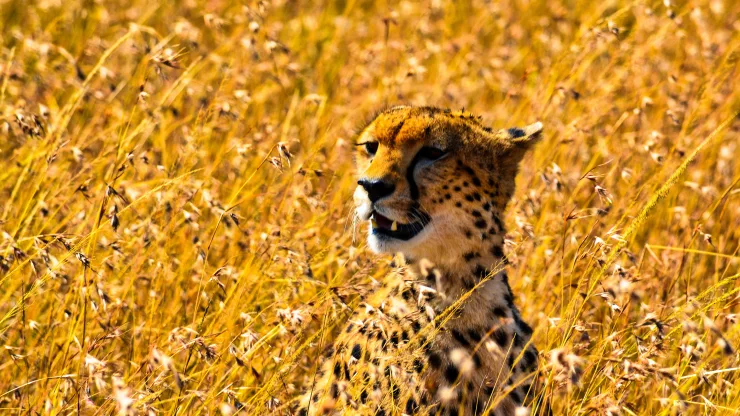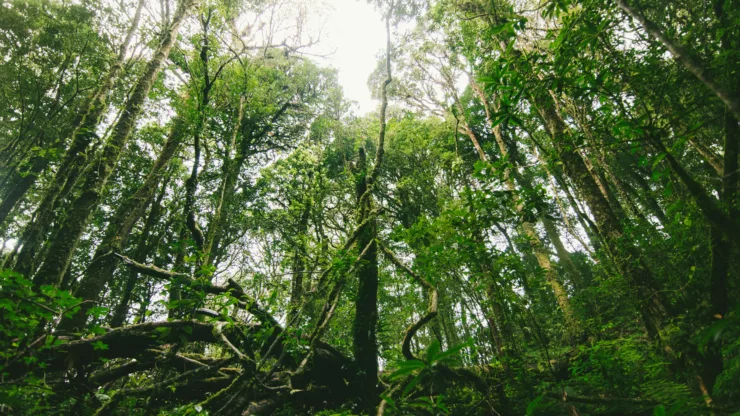Wildlife management is an important aspect of preserving the delicate balance between humans and nature.
However, managing wildlife in urban and rural areas comes with its own unique set of challenges.
Urban areas are characterized by high population density, while rural areas are characterized by low population density.
These differences can greatly affect the challenges faced in managing wildlife in each setting.
Jump to Section
Urban and Rural Wildlife Management
Urban wildlife management involves the management of wildlife in densely populated areas, including cities and suburbs.
In contrast, rural wildlife management involves the management of wildlife in sparsely populated areas, including farmland, forests, and natural reserves.
Both settings require careful consideration of the needs and behaviors of wildlife in order to promote coexistence with humans.
Challenges Faced in Each Setting
Urban wildlife management is characterized by the following challenges:
- Habitat loss due to urbanization
- Increased competition for resources, including food and shelter
- Human-wildlife conflicts, including property damage and safety concerns
Rural wildlife management is characterized by the following challenges:
- Habitat fragmentation due to land development
- Overhunting and poaching
- Wildlife diseases, including those that can be transmitted to livestock
Balancing Human and Wildlife Needs
Balancing the needs of humans and wildlife is essential for promoting coexistence.
In urban areas, this may involve implementing measures to reduce human-wildlife conflicts, such as securing trash cans and using deterrents to keep wildlife away from residential areas.
In rural areas, this may involve protecting habitats and implementing sustainable hunting practices.
Innovative Solutions for Coexistence
Innovative solutions for promoting coexistence between humans and wildlife include:
- Habitat restoration and conservation
- Use of non-lethal deterrents, such as noise-making devices and motion sensors
- Community-based conservation programs that involve local residents in wildlife management efforts
FAQ
What is the biggest challenge in managing wildlife in urban areas?
The biggest challenge in managing urban wildlife is habitat loss due to urbanization.
How can humans and wildlife coexist in rural areas?
Humans and wildlife can coexist in rural areas by protecting habitats and implementing sustainable hunting practices.
What are some innovative solutions for promoting coexistence between humans and wildlife?
Innovative solutions for promoting coexistence include habitat restoration and conservation, use of non-lethal deterrents, and community-based conservation programs.
Managing wildlife in urban and rural areas is essential for promoting coexistence between humans and nature.
By understanding the unique challenges faced in each setting and implementing innovative solutions, we can ensure that wildlife populations thrive while also protecting human interests.
I’m a nature enthusiast and creator of Metro Wilds and have spent years exploring the great outdoors.
With a passion for environmental conservation and sustainability, I have dedicated my career to writing about the beauty and wonders of nature, as well as the threats facing our planet.
Contact me at [email protected] for assistance.





